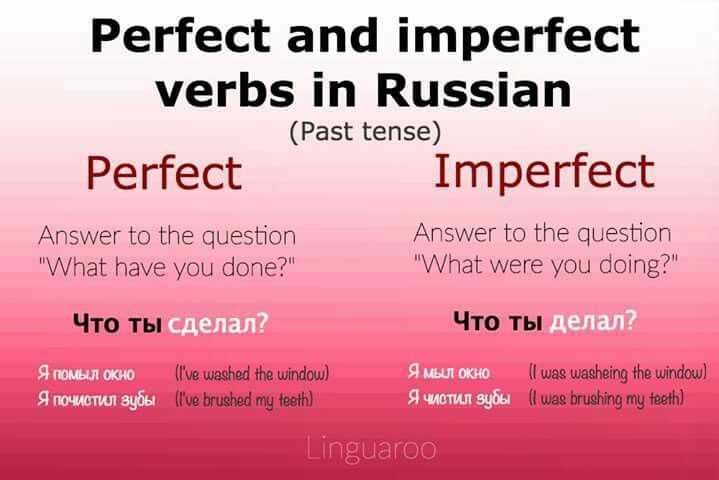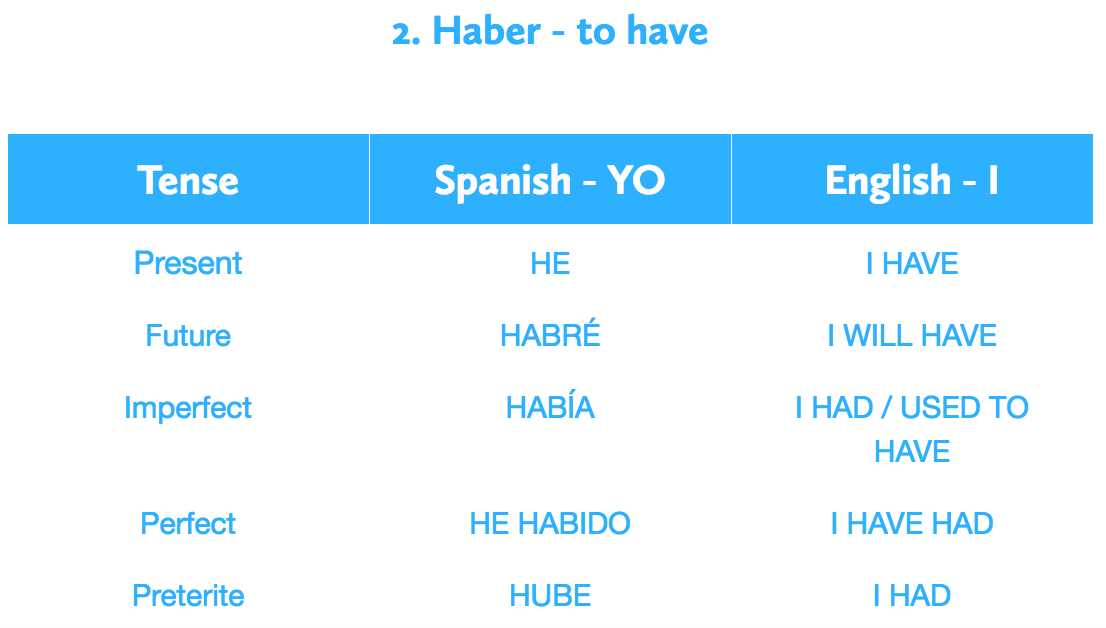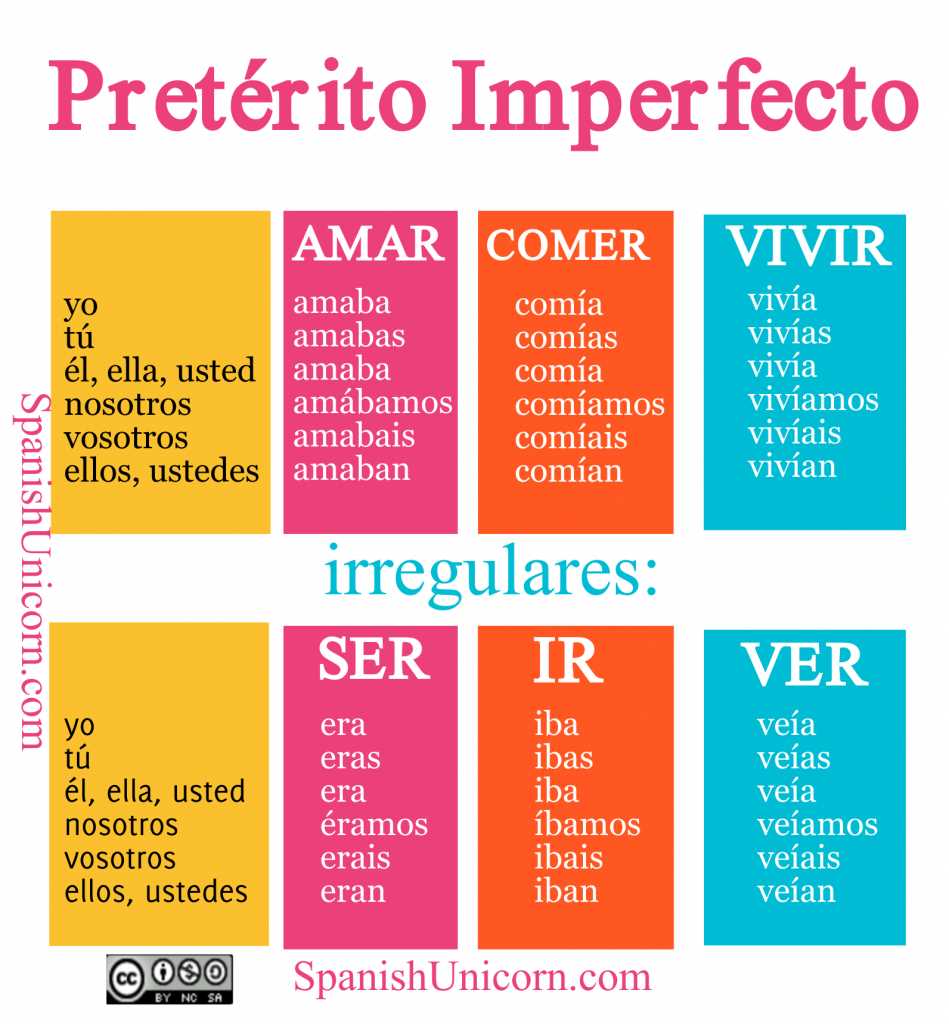
When learning Spanish, one of the most challenging grammar topics for many students is the distinction between preterite and imperfect verb tenses. Both tenses are past tense forms, but each one is used in different situations and conveys different meanings.
The preterite tense is used to describe actions or events that were completed in the past. It is typically used when talking about specific, completed actions that happened at a specific point in time. For example, “I ate breakfast this morning” would be expressed in Spanish using the preterite tense: “Yo desayuné esta mañana”. The preterite tense is often used in narrative storytelling as well.
On the other hand, the imperfect tense is used to describe actions or events that were ongoing or repeated in the past. It is used to talk about background information, habitual actions, and descriptions of people, places, and situations. For example, “I used to go to the park every day” would be expressed in Spanish using the imperfect tense: “Yo iba al parque todos los días”. The imperfect tense is often used to set the stage or provide context for actions expressed in the preterite tense.
Understanding when to use the preterite and imperfect tenses can be tricky for non-native speakers, as it requires an understanding of the specific context and meaning of the action or event being described. However, with practice and exposure to various examples, learners can become more comfortable with using the correct tense in different situations.
Understanding the Preterite and Imperfect Tenses in Spanish
The preterite and imperfect tenses are two fundamental verb tenses in Spanish that are used to talk about past events. While they both refer to actions that have already happened, they have different nuances and are used in different contexts.
The preterite tense is used to indicate a completed or finite action in the past. It is often used to talk about specific events or actions that happened at a particular point in time. For example, “I ate breakfast this morning” or “She bought a new car last week”. In terms of conjugation, the preterite tense has distinct conjugations for each subject pronoun and follows specific rules depending on the verb type.
On the other hand, the imperfect tense is used to talk about ongoing or habitual actions in the past. It is often used to describe background information, set the scene, or talk about past states of being. For example, “I used to swim every day” or “They were playing soccer when it started raining”. In terms of conjugation, the imperfect tense has three regular conjugations and several irregular verbs that follow specific patterns.
It’s important to note that the choice between the preterite and imperfect tense depends on the speaker’s intention and the context of the sentence. Sometimes, both tenses can be used interchangeably, but they convey different meanings and emphasize different aspects of the past event. Developing a strong understanding of when to use each tense is crucial for effective communication in Spanish.
Differences between the Preterite and Imperfect Tenses
The Preterite and Imperfect tenses are two past tenses used in Spanish to indicate actions that have already happened. While both tenses refer to the past, they have different uses and convey different meanings.
The Preterite tense is used to describe completed actions or events that occurred at a specific point in the past. It is often used to talk about actions that happened once, had a specific beginning and end, or were completed in a short period of time. For example, “I ate dinner last night” or “She traveled to Europe last summer” would use the Preterite tense.
The Imperfect tense is used to describe ongoing or habitual actions in the past. It is often used to talk about actions that were repeated, had no specific beginning or end, or were taking place over a longer period of time. For example, “I used to eat dinner at that restaurant every Friday” or “She would travel to Europe every summer” would use the Imperfect tense.
In addition to describing actions in the past, the Preterite and Imperfect tenses also convey different attitudes or perspectives towards the events being described. The Preterite tense emphasizes the completion or finality of the action, while the Imperfect tense focuses on the ongoing nature or background of the action.
- The Preterite tense is often associated with specific time frames or events.
- The Imperfect tense is often used to set the scene or provide background information.
- The Preterite tense is commonly used to narrate a sequence of events in a story.
- The Imperfect tense is commonly used to describe the background or context of the story.
Overall, understanding the differences between the Preterite and Imperfect tenses is essential for speaking and writing fluently in Spanish. Mastering the usage of these tenses will allow you to accurately convey past actions and their associated meanings.
When to Use the Preterite Tense
The preterite tense is used in Spanish to indicate actions that are completed or considered as a single event in the past. It is used to talk about specific actions that happened at a specific time or for a specific duration.
One of the most common uses of the preterite tense is to talk about actions that happened in the past and have a clear beginning and end. For example, “Ellos llegaron ayer” (They arrived yesterday) or “Yo comí pizza para la cena” (I ate pizza for dinner). These sentences indicate actions that were completed in the past and have no relation to the present.
In addition, the preterite tense is used to describe actions that were repeated a specific number of times in the past. For example, “Mi hermana y yo fuimos a la playa tres veces el verano pasado” (My sister and I went to the beach three times last summer). In this sentence, the verb “fuimos” (we went) in the preterite tense indicates a specific number of times the action of going to the beach was repeated.
Another use of the preterite tense is to indicate actions that interrupted or changed the course of ongoing actions in the past. For example, “Estaba estudiando cuando sonó el teléfono” (I was studying when the phone rang). In this sentence, the verb “sonó” (rang) in the preterite tense interrupts the ongoing action of studying.
- The preterite tense is used for actions that are completed or considered as a single event in the past.
- It is used for actions with a clear beginning and end.
- It is used to describe actions that were repeated a specific number of times in the past.
- It is used for actions that interrupted or changed the course of ongoing actions in the past.
When to Use the Imperfect Tense
The imperfect tense is used in Spanish to describe past actions or states that were ongoing, repetitive, or habitual. It is used to set the scene or provide background information in a story. The imperfect tense is also used to talk about past feelings, physical descriptions, and time in the past.
One common use of the imperfect tense is to talk about ongoing actions or states in the past. For example, “I used to play soccer every Saturday” would be translated as “Yo jugaba fútbol todos los sábados.” The imperfect tense emphasizes the ongoing nature of the action.
- She would always visit her grandparents on Sundays.
- They used to live in a small town.
- He was always eating junk food.
The imperfect tense is also used to describe past feelings. For example, “I was happy” would be translated as “Yo estaba feliz.” The imperfect tense is used to describe a state of being, rather than a specific moment in time.
- I was afraid of spiders when I was little.
- We were in love with each other.
- She always felt lonely in that big city.
Additionally, the imperfect tense is used to provide physical descriptions of people or things in the past. For example, “He was tall and had brown hair” would be translated as “Él era alto y tenía pelo castaño.” The imperfect tense allows for a more detailed description.
| Subject | Imperfect Tense |
|---|---|
| I | Yo |
| You (informal) | Tú |
| He/She/It | Él/Ella |
Lastly, the imperfect tense is used to talk about time in the past. For example, “It was six o’clock” would be translated as “Eran las seis.” The imperfect tense is used to express the time during an ongoing or repetitive action in the past.
Overall, the imperfect tense is used to describe ongoing, repetitive, or habitual actions in the past, as well as past feelings, physical descriptions, and time. It is a key element in storytelling and provides additional context and detail to the narrative.
Examples of Preterite and Imperfect Tense Usage
The preterite and imperfect tenses are both past tenses in the Spanish language, but they are used to convey different meanings and actions. Understanding when to use each tense can be tricky, but with practice, it can become easier. Here are some examples of how the preterite and imperfect tenses are used:
Preterite Tense:

1. Completed actions in the past: El año pasado fuimos de vacaciones a la playa. (Last year, we went on vacation to the beach.)
2. Specific moments or events: Ayer compré un libro nuevo. (Yesterday, I bought a new book.)
3. Interrupted actions: Estaba estudiando cuando sonó el teléfono. (I was studying when the phone rang.)
Imperfect Tense:

1. Habitual actions in the past: Solía jugar al fútbol todos los sábados. (I used to play soccer every Saturday.)
2. Descriptions of people, objects, or settings: El día estaba soleado y hacía calor. (The day was sunny and hot.)
3. Simultaneous actions: Mientras él estudiaba, yo miraba televisión. (While he was studying, I was watching TV.)
It’s important to note that these examples only scratch the surface of the many ways the preterite and imperfect tenses are used in Spanish. It takes practice and exposure to the language to fully grasp when to use each tense correctly. As with any language, the more you practice, the more natural it will become.
Practice Exercises to Improve Your Understanding
Now that you have learned the basic concepts of the preterite and imperfect tenses in Spanish, it’s time to practice and solidify your understanding. Here are some exercises to help you improve your grasp on these verb forms:
1. Fill in the Blanks
Complete the following sentences by choosing the correct preterite or imperfect form of the verb in parentheses:
- El sábado pasado, yo (ir) al cine con mis amigos.
- Cuando era niño, siempre (jugar) en el parque.
- Ayer, ella (comer) una pizza para la cena.
- De repente, el teléfono (sonar) y me despertó.
- Antes de ir al supermercado, nosotros (hacer) la lista de compras.
Check your answers and compare them with the correct forms provided.
2. Describe a Past Event

Choose a past event from your life and write a paragraph describing it. Be sure to use both preterite and imperfect tenses to convey the sequence of events and the background information surrounding the event. Pay attention to the specific uses of these tenses and try to incorporate vocabulary and expressions that you have learned.
Share your paragraph with a classmate or tutor and ask for feedback on your use of the preterite and imperfect.
3. Storytelling Practice
In pairs or small groups, take turns telling a story using the preterite and imperfect tenses. Start with a sentence in the imperfect to set the scene, and then switch to the preterite to narrate specific actions or events. Encourage each other to use a variety of verb forms and engaging vocabulary to make the story interesting.
As you practice, pay attention to how your partner or group members use the preterite and imperfect tenses. Take note of any mistakes or areas for improvement and offer constructive feedback to help each other improve.
In Summary
Improving your understanding of the preterite and imperfect tenses requires a combination of studying the rules, practicing with exercises, and receiving feedback on your performance. By consistently working on your skills and seeking opportunities for practice, you will gradually become more familiar and comfortable with these verb forms.
Remember, the preterite tense is used for completed actions in the past, while the imperfect tense is used for ongoing or habitual actions in the past. Keep practicing and challenging yourself, and soon you’ll master these essential aspects of Spanish grammar!